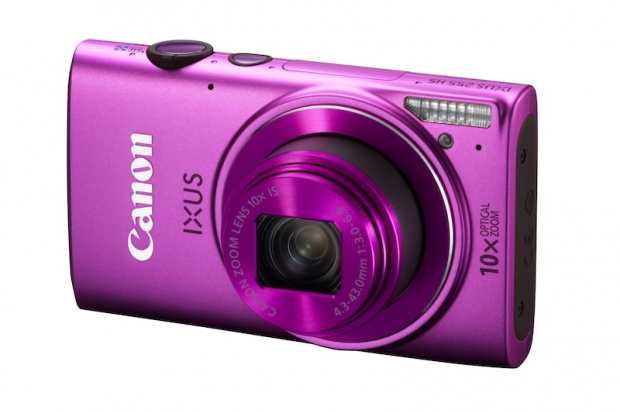 We're accustomed to stratospheric ISOs making their ways into camera specs, helping us to capture images in lower and lower light situations. But what if changing the material from which camera sensors are manufactured could make them even more photo-sensitive, and lighter and more energy efficient to boot? A team of researchers at Singapore's Nanyang Technological University, led by Assitant Professor Wang Qijie, think they've cracked it. With graphene, the super-strong, rather flexible, heat-resistent carbon compound.
We're accustomed to stratospheric ISOs making their ways into camera specs, helping us to capture images in lower and lower light situations. But what if changing the material from which camera sensors are manufactured could make them even more photo-sensitive, and lighter and more energy efficient to boot? A team of researchers at Singapore's Nanyang Technological University, led by Assitant Professor Wang Qijie, think they've cracked it. With graphene, the super-strong, rather flexible, heat-resistent carbon compound.
A graphene-based sensor has the potential to be 1000 times more sensitive to light than a current model CMOS or CCD sensor by making use of a light-trapping nanostructure that is able to retain light-generated electron particles for longer. In addition, graphene is lighter and more flexible than your usual sensor, with the potential to be five times cheaper. Rather than graphene-based sensors demanding a complete overhaul of the manufacturing process, it's possible to swap-out traditional metal-oxide semiconductor sensor bases for the new-fangled graphene versions without any major changes. It keeps getting better.
We're not just looking at more light-sensitive and more engergy-efficient sensors in our smartphones, compact cameras, or interchangeable lens cameras; being broad-spectrum sensors, they have roles in satellite technology and infra-red imaging, too.
Which major manufacturer will be the first to bite, then?
(Headsup to Tech News Daily, Will Jennings, and Nanyang Technological University)






